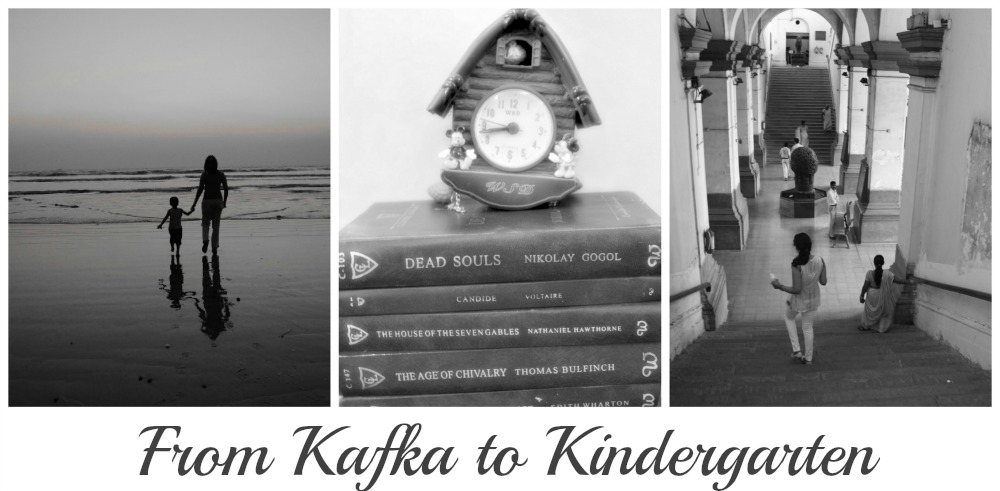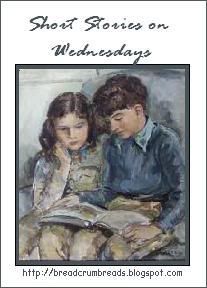Before I get to the stories, I must tell you about the London Detection Club. Isn’t it an absolutely delectable idea? G.K. Chesterton, E.C. Bentley, Dorothy L. Sayers, Anthony Berkeley, Baroness Emma Orczy and of course Agatha Christie were only some of the founding members of this club. The members of this club met regularly over dinner and helped each other with their plots and such. It was understood that the club was to consist only of writers who wrote detective fiction and not espionage, adventure or horror stories. This was emphasised with an oath that all members had to take, “Do you promise that your detectives shall well and truly detect?” The club also indulged in a few whimsical rituals that are cited in the preface of this book.
Coming to the book itself, it consists of two mysteries, not quite small enough to be called short stories. These stories were initially broadcast, a chapter a week, by their authors on the BBC National Programme and then published in serial form in The Listener. This book was published to raise funds so that club premises could be acquired. Apparently, other such collaborative books were also published, namely The Floating Admiral, Ask a Policeman and Verdict of Thirteen. I can’t wait to get my hands on them. Meanwhile, on to the stories.
The Scoop
An up-and-coming reporter is sent to investigate and report on the sensational murder of a young woman in a lonely bungalow. The reporter calls back to office claiming to have traced the murder weapon. This would make a great story for the Morning Star. Unfortunately the reporter never gets the chance to write the story. He is found murdered in a telephone booth.
According to the afterword The Scoop had been outlined and discussed in broad terms by all the writers involved, with each writer adding their own nuances but working within the blueprint. Agatha Christie writes two of the early and quite crucial chapters. I found this story to be more representative of Christie’s usual style and method, which makes me feel that perhaps she helmed this. Then again, I’m probably not the best judge because Christie and Sayers are the only two authors of this story whom I’ve read before. Each author displays their own distinctive style in their chapters. This could so easily have turned into a disconnected hodgepodge, but happily, it doesn’t. The different voices tie in together quite seamlessly and no jarring note is struck. I really enjoyed this mystery. Not to belittle the other excellent contributors to this story but I will always think of it as an Agatha Christie mystery.
Behind the Screen
This story almost reads like a lateral puzzle. At least it starts off that way. A family sits in their parlour after dinner doing the things they normally do at this hour. They are joined by the man who is to marry the daughter of the house. It is all very mundane and normal except for the strange sense of unease in the room. The apparent calm is shattered when a body is found crumpled behind a screen in the parlour. Yet, it is hardly possible for anyone to have committed this crime without the others noticing.
Unlike The Scoop, in Behind the Screen, the first three authors carried the story along according to their fancies; while the last three used their wits, in consultation, to unravel the clues presented to them by the first three. This sounds like an exciting prospect, unfortunately, it doesn’t play out too well. The first three, including Christie, chalk out a brilliant premise and weave a pretty tight and interesting mystery, but the other three just don’t seem to know what to make of it or where to take it. The final chapter is particularly disappointing, a hastily put together ‘solution’ that rather forcibly makes the facts fit around the answer. It also breaks one of the cardinal rules of good detective fiction,that the reader must be made aware of all the relevant facts early on. This had all the makings of a really memorable detective story, but sadly, it falls very short.
Before I wrap this up, I must share with you the blessing that is pronounced after a member takes oath at the London Detection Club.
You are duly elected a member of the Detection Club,
And if you fail to remember you promises and break even one of our unwritten rules,
may other writers anticipate your plots
may total strangers sue you for libel
may your pages swarm with misprints
and your sales continually diminish.
But should you, as no doubt you will, recall these promises and observe these rules,
may reviewers rave over you
and literary editors lunch you.
May book clubs bargain for you
And women’s magazines carve you up.
May films be made from you (and keep your plots)
And American universities embalm you.








